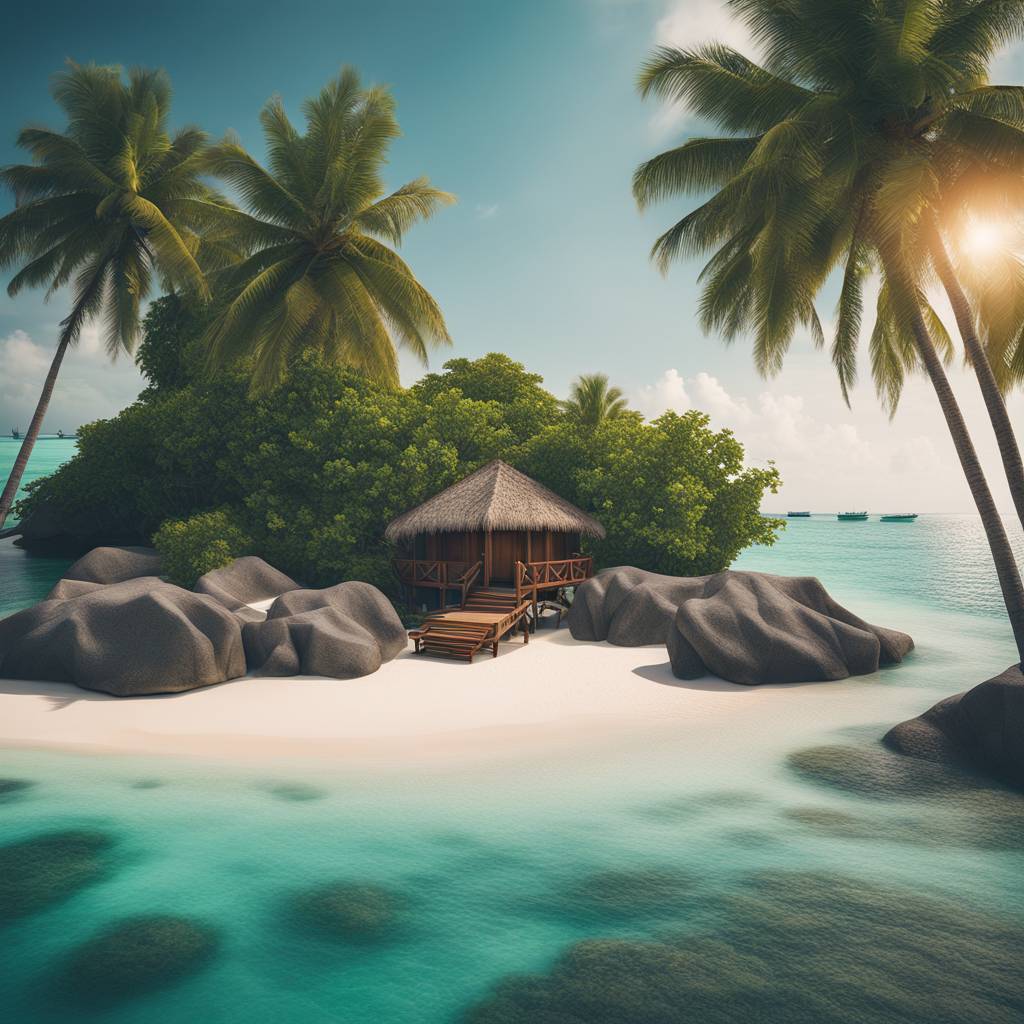Living in the Maldives means residing in either the bustling capital of Malé or the remote outer islands that are steadily depopulating as traditional livelihoods become less viable. Malé is the country’s only real city and is facing challenges due to its dense population. The government is building up the city with housing projects funded by China and India, as well as planning ambitious projects like an undersea tunnel. However, there are concerns about the environmental impact of these developments.
The Maldives is a unique country made up of a thousand islands, mainly inhabited by small communities. The resorts, which are the main source of income, are located on uninhabited islands and are disconnected from Maldivian culture. Inhabited islands like Nolhivaranfaru maintain their traditions while embracing modern technology like the internet and mobile data. However, access to quality healthcare remains a challenge, with many critical cases needing to be flown to distant facilities.
Many Maldivians are leaving the outer islands for Malé in search of better education and healthcare opportunities. Families often send their children to the capital for schooling, leading to overcrowded living conditions and high living costs. Young people like Ajuvad face challenges adjusting to life in the city, while others like Ahmed Abbas appreciate the opportunities and variety that urban life offers. The impact of these migrations on island communities and the cultural fabric of the Maldives is significant.
The story of Maryam Asima, who traveled to India for IVF treatment, exemplifies the challenges faced by residents of remote islands when it comes to healthcare. The government’s efforts to subsidize medical treatments and provide air travel for families in need show a commitment to addressing these issues. However, the long-term sustainability of life on the outer islands remains uncertain, with many communities facing the threat of sea level rise due to climate change.
The Maldives is at a crossroads, with a growing divide between the modernized urban centers and the traditional island communities. Balancing economic development, environmental preservation, and cultural heritage is a complex challenge that the country is grappling with. As Maldivians continue to move towards urban centers for better opportunities, the unique way of life in the outer islands is at risk of disappearing. Finding a sustainable path forward that preserves the country’s natural beauty and cultural heritage while embracing progress is crucial for the future of the Maldives.








